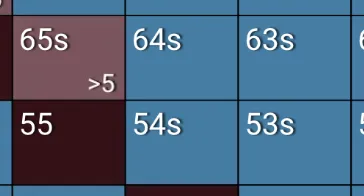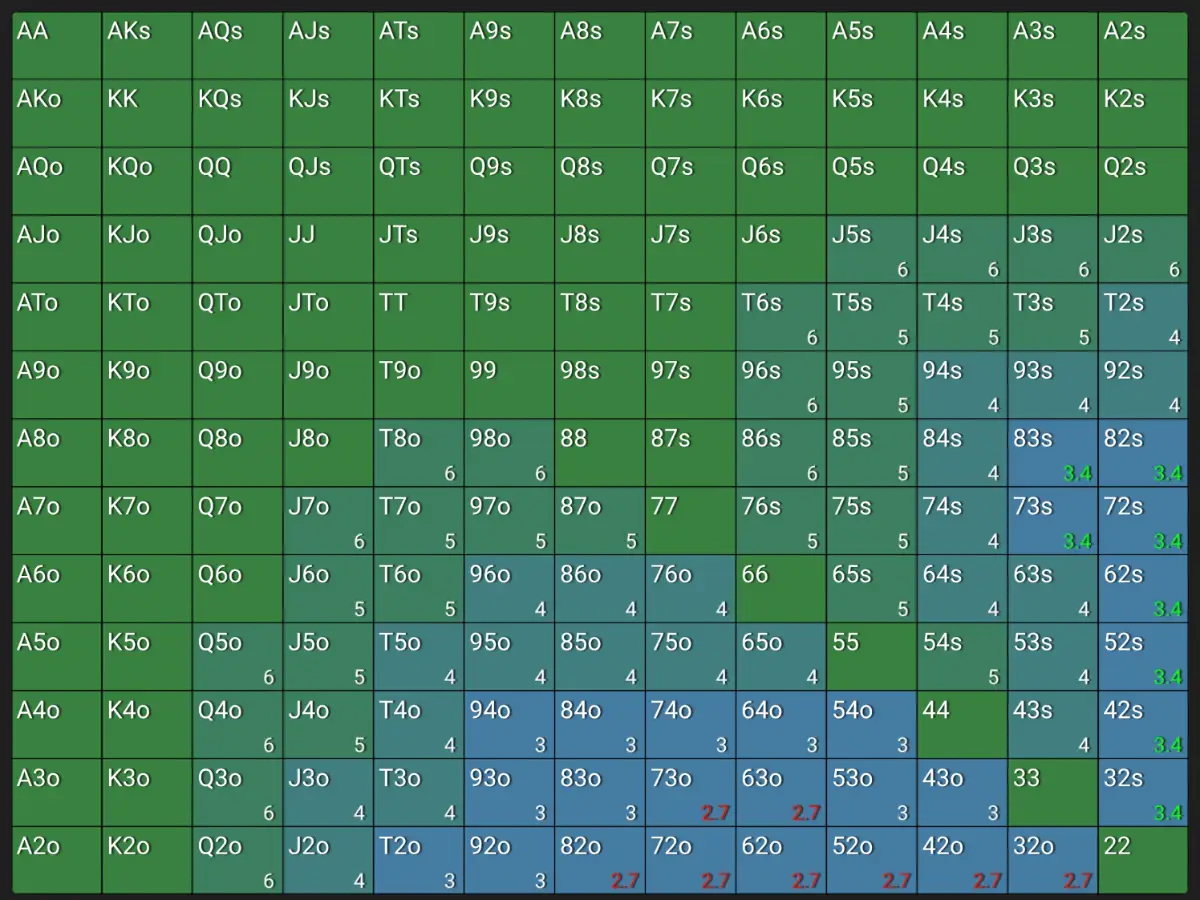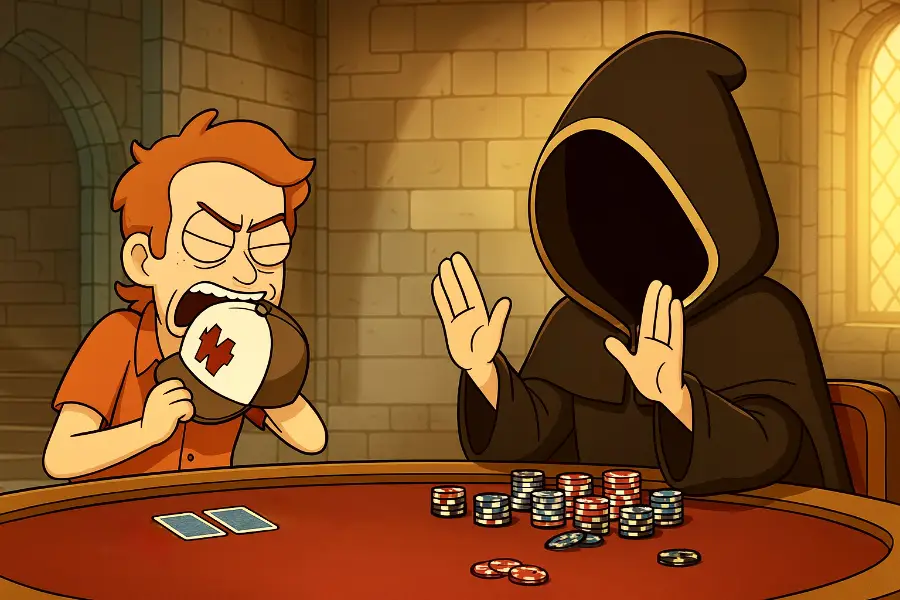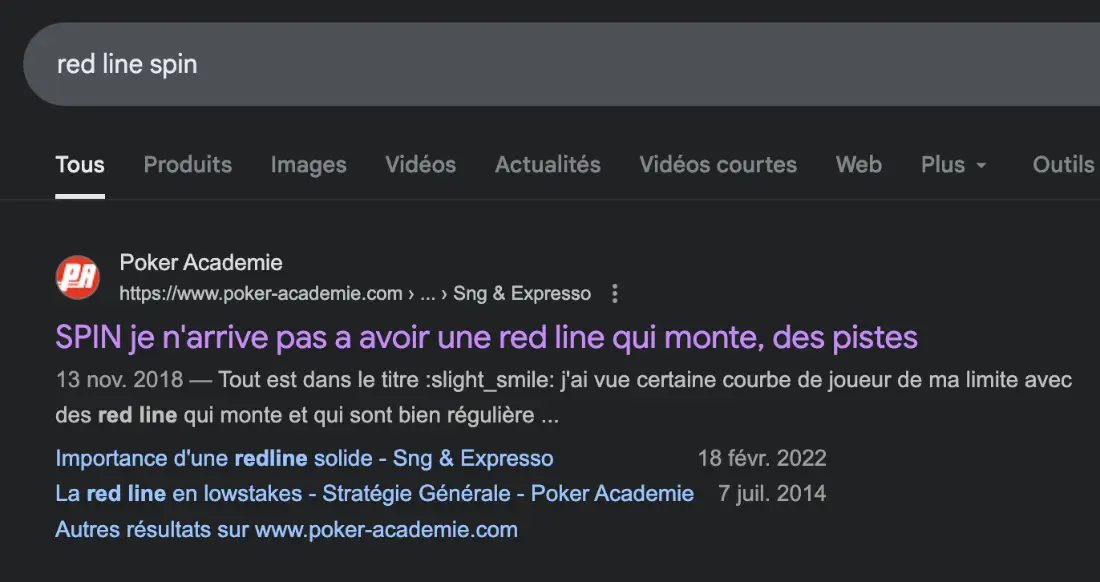
Charts
Trainer
Bêta

Flames
Play at least one chapter on the trainer every day to earn a flame.
The longer your streak grows, the more your XP is multiplied at the end of each session.
If you miss a day, your streak resets to zero.

Most charts are grouped in 2-blind increments (14–16, 12–14, 10–12, etc.). To build them, we always started from the middle level.
For example, the 14–16bb chart is based on a study at 15bb.
What if you have 14bb?
Should you look at the 14–16 chart or the 12–14 chart?
In reality, it doesn’t matter. If one chart shows a limp and the other shows a shove, it means the hand lies in a close EV zone: both limp and shove will yield very similar results.
Here’s how the Push Charts work:


Some intermediate colors in the Push Charts don’t carry a particular meaning: they simply help visualize how the ranges evolve as stacks shrink.
Roughly speaking, the lighter the color, the earlier the hand becomes a push at short stack.

To aid memorization, the minimum push/call thresholds are written:
These thresholds are crucial to memorize.
Concrete example, BB vs SB all-in in Heads-up below 6bb:

You can call all offsuit hands below 2.7bb (🔴), and all suited hands below 3.4bb (🟢).
First of all, it’s essential to remember that CEV is highly subject to variance.
Even after 10,000 Spin & Go games, you can still observe a fluctuation of up to ±7–10 CEV points, purely due to randomness.
Over smaller samples — between 1,000 and 3,000 games — these fluctuations are even greater:a ±20-point variation, either up or down, is completely normal.

It’s entirely possible that your CEV decreases in the short or medium term after you start using our Charts.
Only after a large sample size (more than 5,000 games) will you be able to clearly see their long-term impact.
Also keep in mind that factors other than variance can influence your CEV.
Here are three of them:
The tougher your opposition — for example, if you play at times with many regulars — the harder it will be to achieve an excellent CEV.
Your fatigue, focus, and emotional state can also prevent you from playing your A-game.
Certain bad habits can creep in unnoticed: playing too tight, calling too often in some spots, and so on.

Also note that if you already had a very good CEV and/or were already using serious ranges, it’s unrealistic to expect a dramatic increase just by purchasing our Charts.
At that level, progress usually means gaining a few additional CEV points — and that’s perfectly normal.
Finally, it’s important to remember that a Chart is not set in stone.

If you feel more comfortable playing certain hands differently, don’t hesitate to adjust your decisions slightly.
This won’t significantly change your CEV, but it can improve your playing comfort and confidence, which are just as important in the long run.
The Red Line (non-showdown winnings) is a stat you’ll find in most trackers, and many coaches tend to overestimate its importance.

I’d even say that focusing on your Red Line can be harmful to your performance.
You can have a declining Red Line and still an excellent CEV.
Conversely, a rising Red Line doesn’t necessarily mean your play is solid.

Focusing too much on it can distort your decision-making: trying too hard to “win without showdown,” over-bluffing, over-defending, forcing ISO-raises or c-bets out of context — and ultimately losing CEV.
Our Charts are designed to be Low Variance, meaning they include fewer “borderline” open shoves and more controlled, lower-risk preflop options when EVs are close.
This naturally leads to more winnings at showdown, which might make your Red Line drop —but that does not mean your EV is decreasing.
Your EV simply shifts toward showdown winnings.